Using the wrong towel spreads bacteria and wastes money. Your current towels may cause hygiene risks or wear out too fast. Discover how specialized towels1 solve these problems effectively.
Towels aren’t interchangeable – each type serves specific purposes. This guide compares materials like cotton and microfiber, explains GSM weights, and matches towels to tasks like hair drying or kitchen cleanup. You’ll learn to choose hygienic, cost-effective options2 that last longer.

Now that you understand why towel specialization matters, let’s explore the science behind their performance. What makes one towel outperform another? We’ll break down the key factors.
Why Should You Care About Towel Specialization?
Using multipurpose towels risks bacterial transfer between surfaces. Your skin and surfaces face contamination threats while towels deteriorate faster. Matching towels to specific tasks prevents these issues.
Specialized towels prevent bacterial transfer3, boost performance, and save money. Kitchen towels handle grease better than bath towels, while hair-specific microfiber4 reduces damage. Proper use extends towel lifespan by 40-60% according to textile studies.
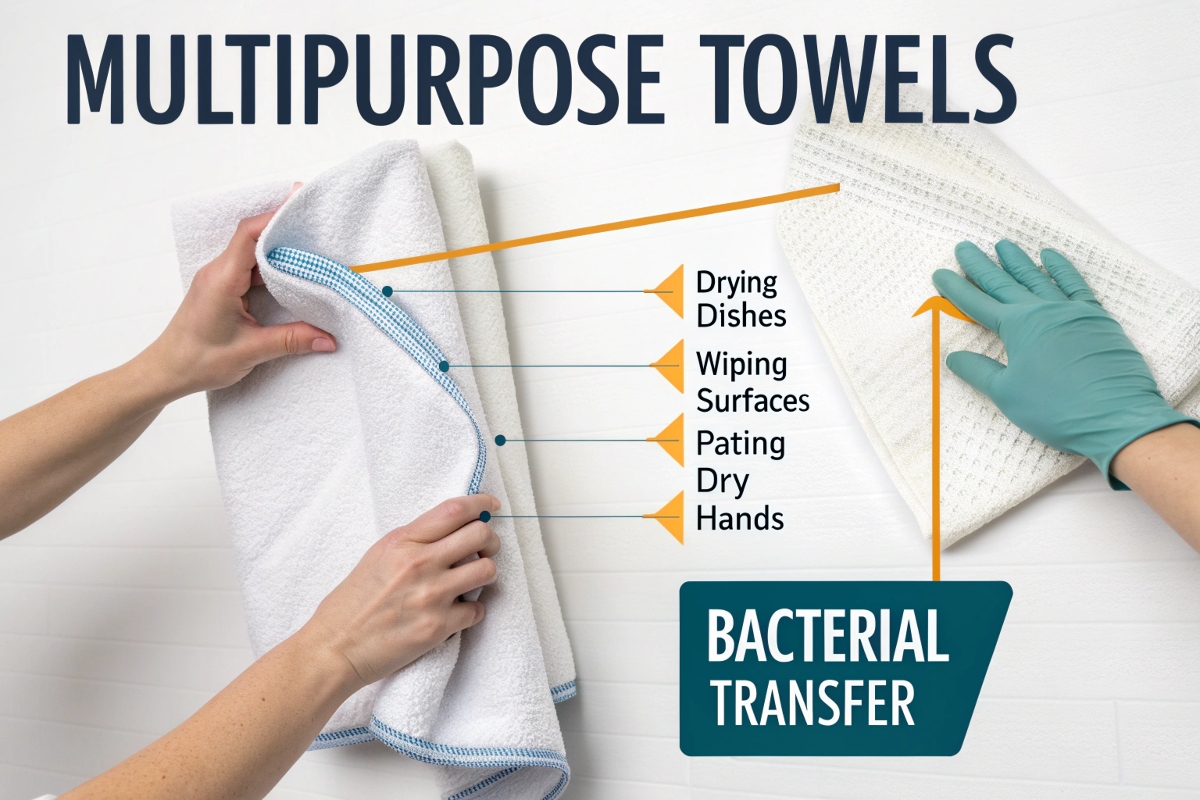
Critical Performance Factors Explained
Two elements determine towel functionality: material composition and structural design.
Material Science Breakdown
- Cotton types: Egyptian (700-900 GSM) offers maximum softness and absorbency, Turkish (500-700 GSM) provides durability, Pima (600-800 GSM) balances both
- Bamboo: Natural antimicrobial properties reduce mildew with 30% faster drying than cotton
- Linen: Best quick-dry option (under 60 minutes) but less absorbent
- Microfiber: Superior for streak-free cleaning yet prone to odor retention if not dried properly
| Weave & Weight Metrics | Weave Type | Best For | GSM Range | Drying Time |
|---|---|---|---|---|
| Terry | Bath towels | 500-900 | 2-4 hours | |
| Waffle | Gym/Kitchen | 300-500 | <90 minutes | |
| Velour | Luxury feel | 600-800 | 3-5 hours | |
| Jacquard | Decorative | 400-600 | 2-3 hours |
Higher GSM means thicker piles and better absorbency but longer drying times. For humid climates, choose waffle weave or linen below 500 GSM. Bathrooms suit plush terry over 600 GSM for comfort.
What Defines Towel Quality and Construction?
Confusing GSM numbers or weave names5 leave you guessing about real-world performance. Let’s clarify what these metrics mean for daily use.
GSM (grams per square meter)6 indicates density: lightweight (300-400 GSM) dries fastest, medium (500-600 GSM) offers balance, luxury (700-900 GSM) provides plushness. Weaves like terry loops increase surface area for absorption.
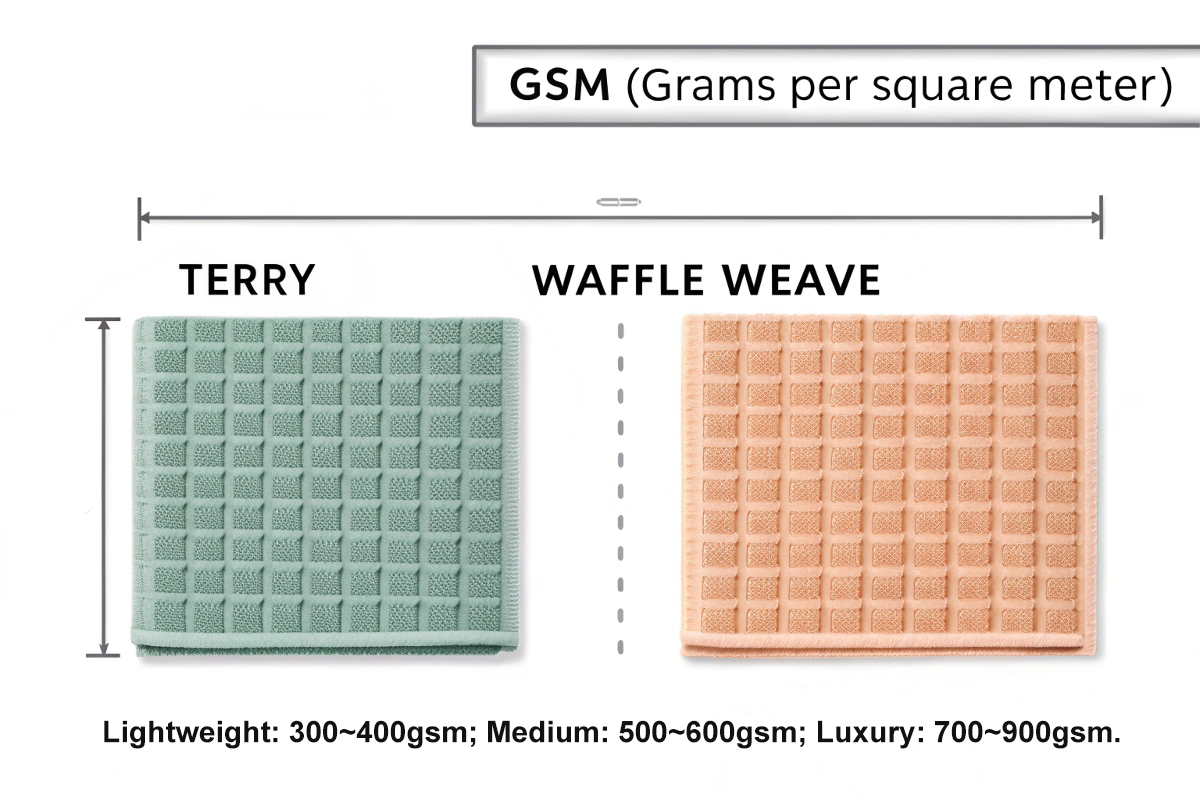
Material Comparison Guide
Consider these practical factors when choosing fabrics:
- Egyptian: Longest fibers (≥35mm), minimal pilling, premium pricing
- Turkish: Medium fibers (30-34mm), high twist strength, mid-range cost
- Pima: US-grown alternative to Egyptian, slightly shorter fibers
- Bamboo rayon: 3x more water-absorbent than cotton, naturally antibacterial
- Recycled microfiber: Made from PET bottles, reduces plastic waste
- Organic cotton: GOTS-certified ensures chemical-free processing
Blended materials (e.g., cotton-bamboo) combine benefits – bamboo’s quick-dry with cotton’s softness. For commercial use like gyms, microfiber-cotton blends offer durability and reduced laundering costs.
How Do Different Towel Types Serve Unique Purposes?
Using bath towels at the beach or kitchen leads to frustration. Each category has optimized designs for specific environments and tasks.
Bath towels (27×52 inches) balance coverage and weight, while bath sheets (35×60 inches) offer luxury. Hand/face towels prioritize softness over absorbency. Beach towels need sand resistance and quick-dry features.
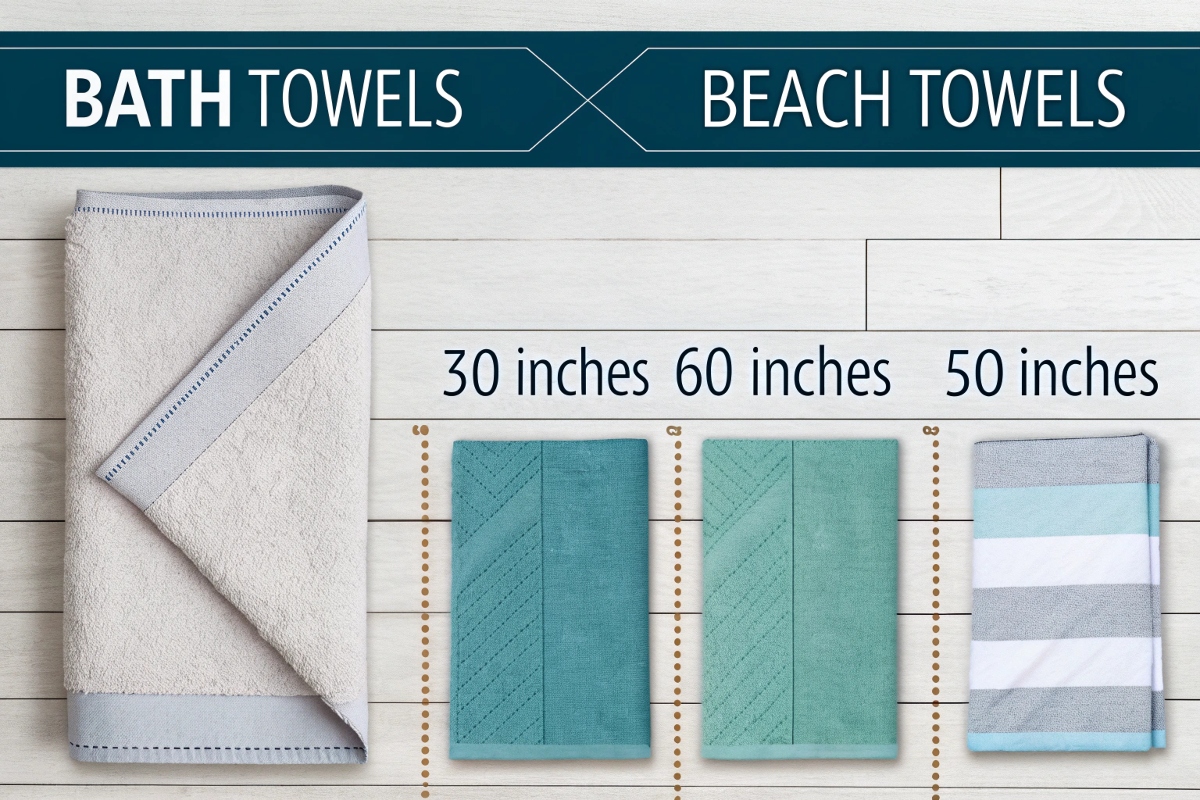
Specialized Towel Functions
Kitchen & Tea Towels
- Use looped terry for counter spills (high absorption)
- Choose linen or waffle weaves for glassware (low lint)
- Avoid dyes near food prep areas
| Sports & Travel Towels | Type | Key Feature | Ideal Use Case |
|---|---|---|---|
| Peshtemal | Ultra-thin | Beach cover-up, yoga | |
| Golf towel | Clip attachment | Golf bags, gym equipment | |
| Microfiber | Compact drying | Backpacks, swim bags |
Foot Mats & Bath Rugs
Require latex backing for slip resistance and dual-layer construction to trap moisture. Replace when backing cracks or absorbency decreases after 50+ washes.
Which Material Best Suits Your Needs?
Choosing between cotton, bamboo, and synthetic involves trade-offs. Your priorities determine the ideal fabric.
Cotton offers traditional softness9, bamboo provides eco-benefits, microfiber ensures quick drying. Consider usage frequency, skin sensitivity, and drying space when selecting.
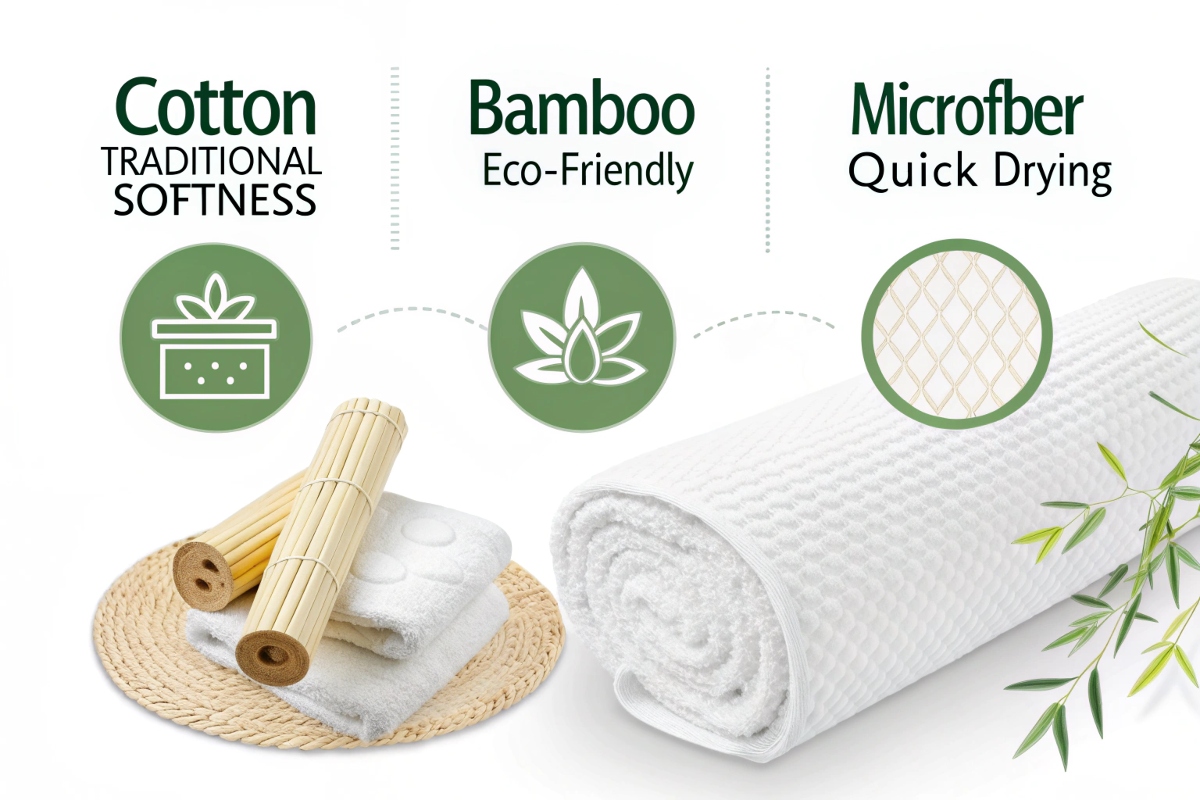
Decision Checklist
Match Material to Function
- Bath/hair: Turkish or Egyptian cotton (600+ GSM)
- Gym/travel: Bamboo or microfiber (300-500 GSM)
- Kitchen: Linen or dense cotton (400-600 GSM)
- Beach: Peshtemal or microfiber (quick-dry)
Certifications Matter
- OEKO-TEX®10: Verifies no harmful chemicals
- GOTS11: Ensures organic farming practices
- Fair Trade: Ethical production standards
Blended fabrics solve competing needs – microfiber-cotton mixes offer absorbency with faster drying. For sensitive skin, unbleached organic cotton prevents irritation.
How Can You Extend Towel Lifespan?
Improper care destroys towels faster. Follow these maintenance rules to preserve quality.
Wash in warm water (40°C/104°F) with mild detergent, skip fabric softener (clogs fibers), tumble dry low. Rotate between 3-4 towels to reduce wear. Replace when fraying or absorbency drops.
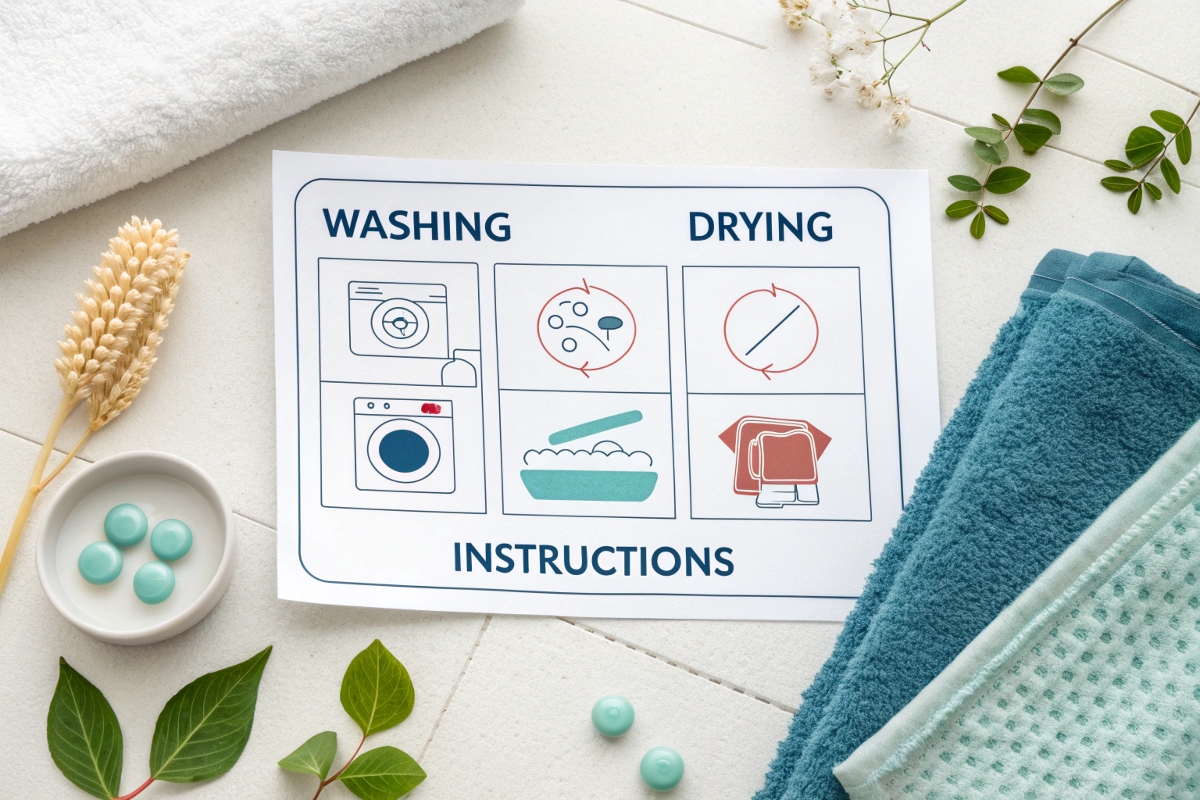
Pro Maintenance Protocol
Washing Do’s and Don’ts
- ✅ Wash similar colors together
- ✅ Use vinegar soak12 monthly to restore absorbency
- ❌ Avoid bleach (weakens fibers)
- ❌ Never iron terry towels
| Drying Methods Comparison | Method | Time | Energy Use | Fluffiness |
|---|---|---|---|---|
| Line dry | 4-8 hours | Low | Stiff | |
| Tumble dry | 60-90 min | High | Very fluffy | |
| Flat dry | 5-7 hours | None | Medium |
Fluff terry towels while damp to maintain loft. Store in ventilated spaces to prevent mildew. Expect 2-3 year lifespan with proper care.
What’s Your Step-by-Step Towel Selection Process?
Overwhelmed by choices? This framework simplifies decisions.
First, define primary use (e.g., "gym bag towel"). Next, match material to need (microfiber for quick-dry13). Then select size/weight. Finally, verify colorfastness and certifications.
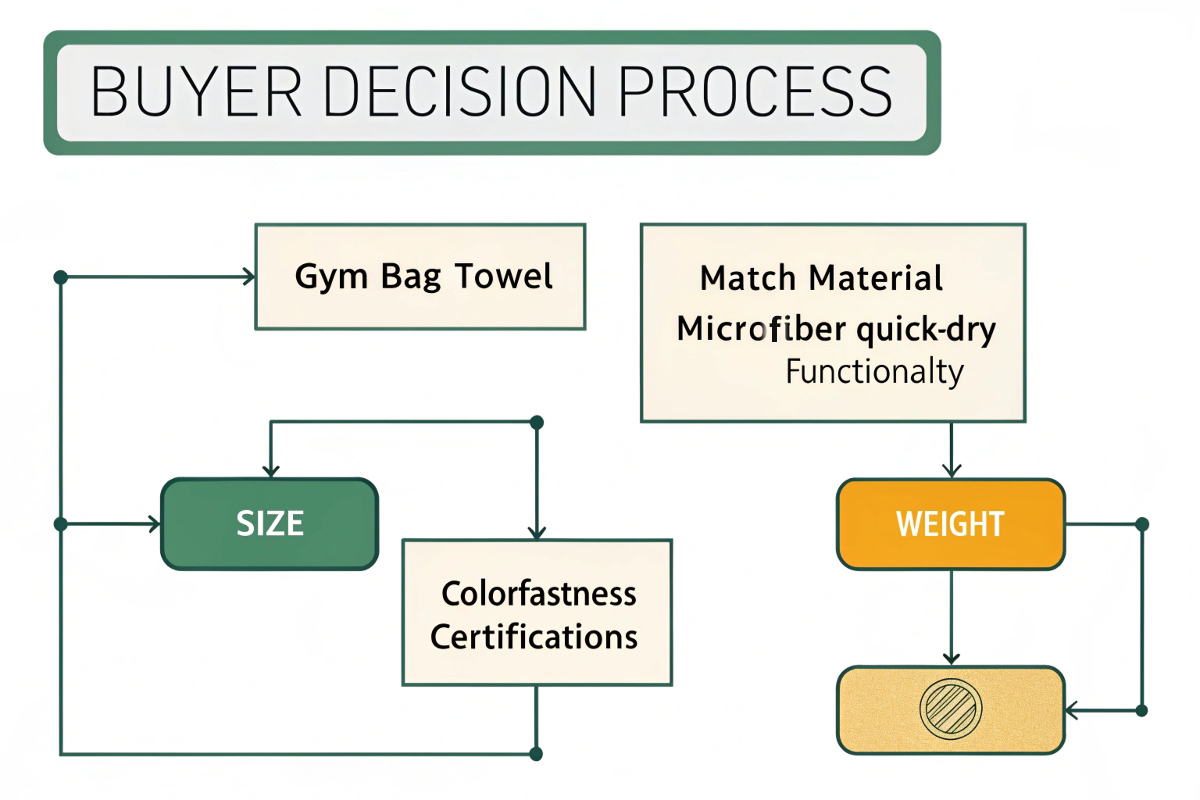
4-Step Selection Guide
-
Identify Use Case
- Frequency: Daily vs occasional
- Contact: Skin, surfaces, or hair
-
- Absorbency needs: High (cotton) vs moderate (linen)
- Eco-priority: Bamboo > organic cotton > conventional cotton
-
Size/Weight Parameters Application Ideal Size GSM Range Bath sheet 35×60 inches 600-900 Gym towel 20×40 inches 300-400 Kitchen hand 16×28 inches 400-500 -
- Check for double-stitched hems
- Test color bleed with damp cloth
- Request pilling resistance data
What Are Professional Towel Tips?
Maximize functionality with these expert techniques.
Layer bath sheets over smaller towels for spa luxury. Use baking soda soaks instead of fabric softener. Roll towels vertically for space-saving storage.
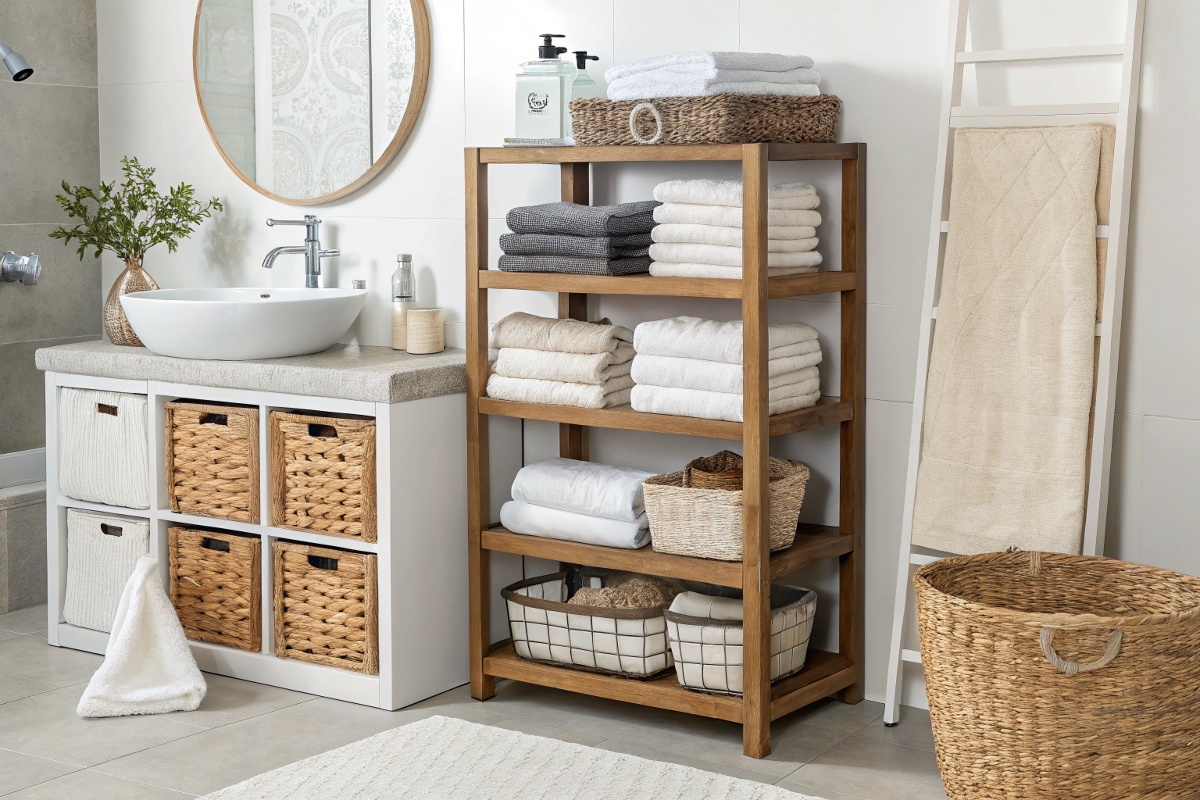
Advanced Usage Hacks
Home Spa Techniques
- Warm towels in dryer before use
- Add eucalyptus oil to wash cycle
- Use textured mitts for exfoliation
DIY Freshener Recipe
- Mix 1 cup water + ¼ cup vodka + 10 drops essential oil
- Spray on towels between washes
- Kills bacteria without washing
Storage Solutions
- Small spaces: Hanging ladder shelves
- Bulk storage: Vacuum-sealed bags
- Display: Rolled in baskets with decorative ribbons
How Can Towels Be Sustainable?
Reduce environmental impact through smart choices.
Choose OEKO-TEX® certified organic cotton16 or recycled materials. Repair frayed edges instead of discarding. Recycle worn towels as cleaning rags.
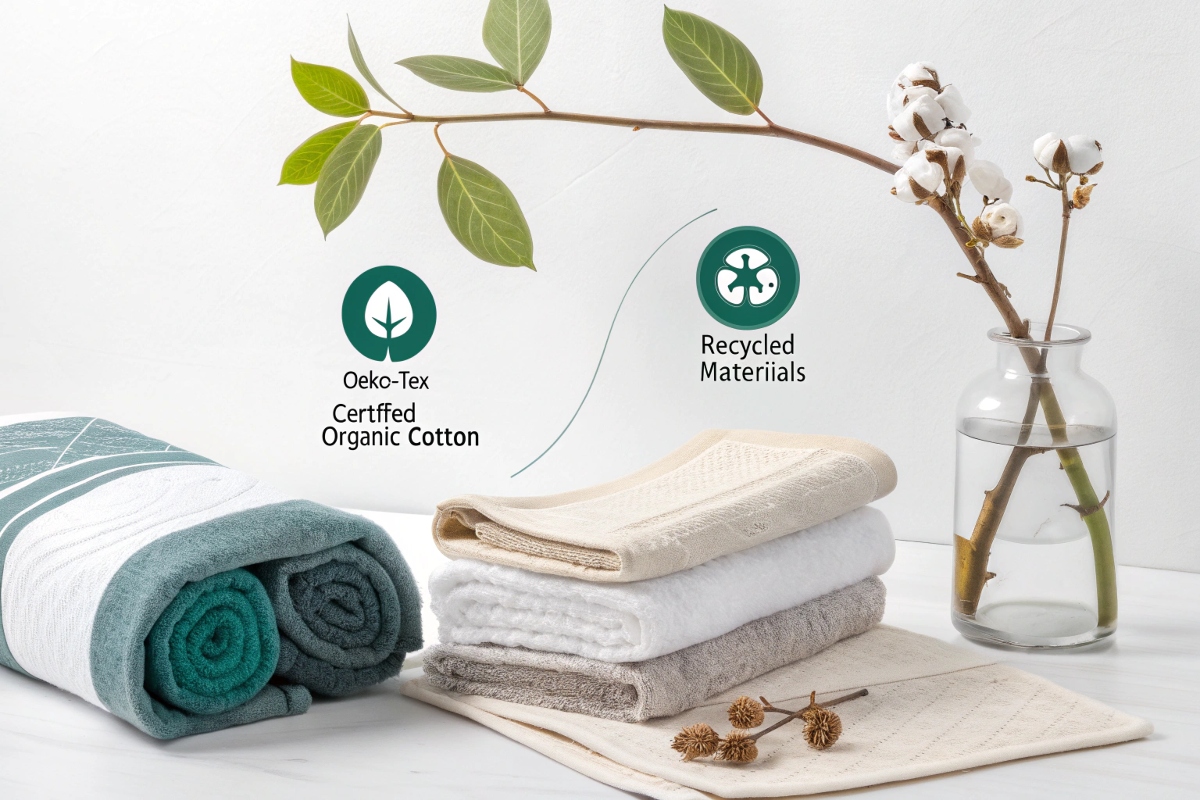
End-of-Life Solutions
Repair & Upcycling Ideas
- Hem frayed edges with zigzag stitch
- Convert bath towels into reusable mops
- Donate to animal shelters
| Recycling Programs | Material | Recyclability | Notes |
|---|---|---|---|
| Cotton | Moderate | Requires chemical processing | |
| Microfiber | Limited | Specialized facilities only | |
| Bamboo | High | Biodegrades faster |
Opt for plant-based fibers like bamboo viscose. Support brands with take-back programs. Proper care remains the most effective sustainability practice.
What Are Common Towel Questions Answered?
Clear up confusion with these expert responses.
Face towels need gentler fabrics than hand towels. Paper towels lack reusability of cotton kitchen towels. New towels’ sizing coating reduces absorbency – wash before use.
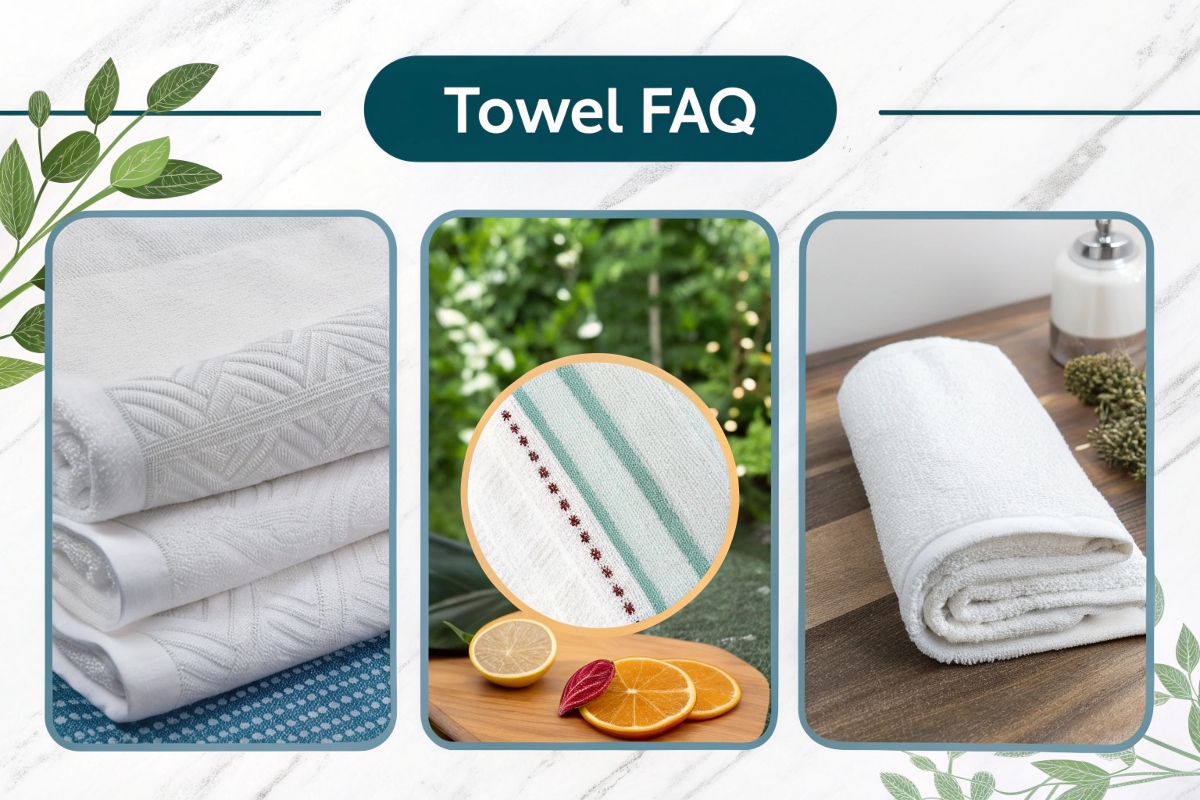
Top 5 Usage Questions
-
"Can I use hand towels for faces?"
Not ideal – face towels require softer weaves and antimicrobial properties17. -
"Why do new towels repel water?"
Manufacturers apply starch-based "sizing" – remove with vinegar wash. -
"How often to wash bath towels?"
Every 3-4 uses maximum to prevent bacterial growth. -
"Best GSM for beach towels18?"
300-500 GSM for quick drying – prioritize length over thickness. -
"Paper vs cloth kitchen towels?"
Cloth saves $150+ yearly and reduces waste – use paper only for grease.
Conclusion
Choosing specialized towels improves hygiene, performance, and cost efficiency. Implement these guidelines to transform your daily routines.
Elbert Zhao
Founder, Elbert Wipes Solutions
📧 [email protected] | 🌐 www.elbertwipes.com
8 production lines | 22 processing lines | OEKO-TEX certified | Walmart-approved supplier
-
Explore how specialized towels can enhance hygiene and efficiency, saving you money in the long run. ↩
-
Learn the best practices for selecting towels that ensure cleanliness and durability without breaking the bank. ↩
-
Discover how specialized towels can enhance hygiene and performance, ensuring a safer environment for your skin and surfaces. ↩
-
Learn about hair-specific microfiber’s unique properties that minimize hair damage, making it essential for hair care. ↩
-
Exploring various towel weaves helps you choose the best option for comfort and functionality in your daily routine. ↩
-
Understanding GSM is crucial for selecting the right towel for your needs, ensuring optimal absorbency and drying time. ↩
-
Learn more about cotton grades to make informed choices for your fabric needs. ↩
-
Explore this link to discover how eco-friendly fabrics can benefit the environment and your health. ↩
-
Cotton is renowned for its softness and comfort. Discover the unique qualities of cotton and why it’s a preferred choice for many. ↩
-
Understanding OEKO-TEX® certification helps you choose safer textiles, ensuring no harmful chemicals are present in your towels. ↩
-
Exploring GOTS certification reveals the benefits of organic textiles, promoting sustainable and ethical practices in your towel choices. ↩
-
Discover how vinegar soak can enhance towel absorbency and prolong their lifespan. ↩
-
Learn why microfiber is ideal for quick-dry towels and how it can improve your drying experience. ↩
-
Explore this link to understand the benefits of different towel materials and make an informed choice. ↩
-
This resource will guide you on essential quality checks to ensure you purchase durable and effective towels. ↩
-
Discover the importance of OEKO-TEX® certification for sustainable textiles and how it impacts your health and the environment. ↩
-
Understanding antimicrobial properties can help you choose the best towels for hygiene and skin health. ↩
-
Learning about GSM can guide you in selecting beach towels that dry quickly and perform well. ↩

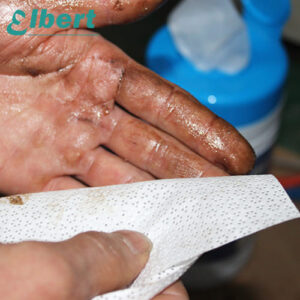
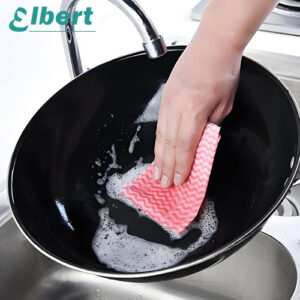
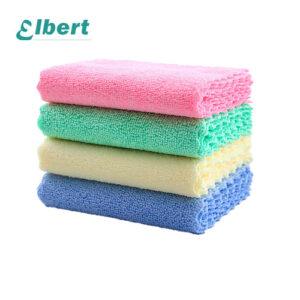
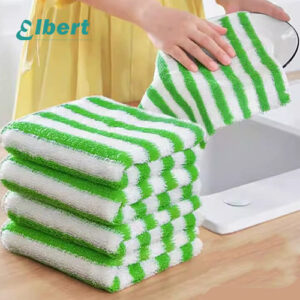
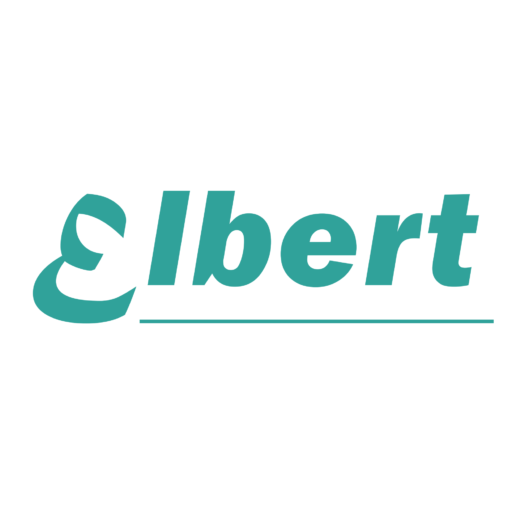
2 Responses
Je recommande vivement Ernestopro.fr pour la fabrication de serviettes en microfibre de haute qualité. Leur expertise et leur savoir-faire assurent des produits durables, performants et adaptés à tous les besoins. Que ce soit pour un usage domestique ou professionnel, leur gamme de serviettes répond parfaitement aux critères de qualité et de matériauidéal. De plus, leur service client est exceptionnel, toujours prêt à conseiller et à accompagner dans le choix. N’hésitez pas à faire confiance à Ernestopro.fr pour toutes vos exigences en serviettes, ils sauront vous satisfaire pleinement.
Appreciate you like it!